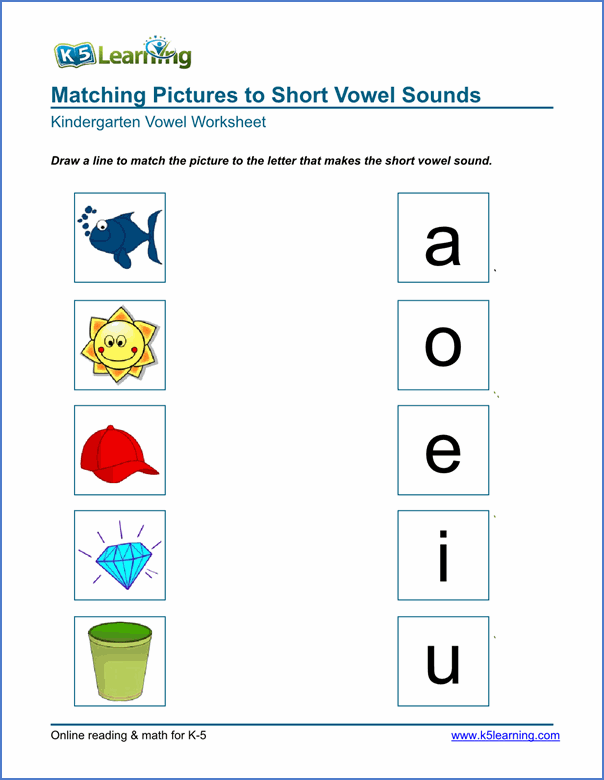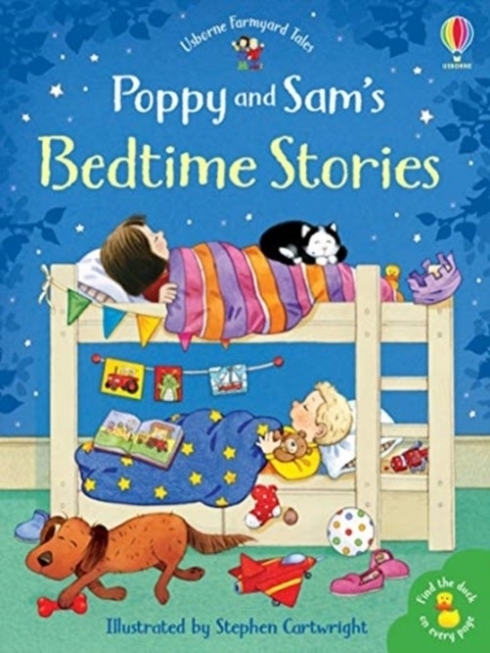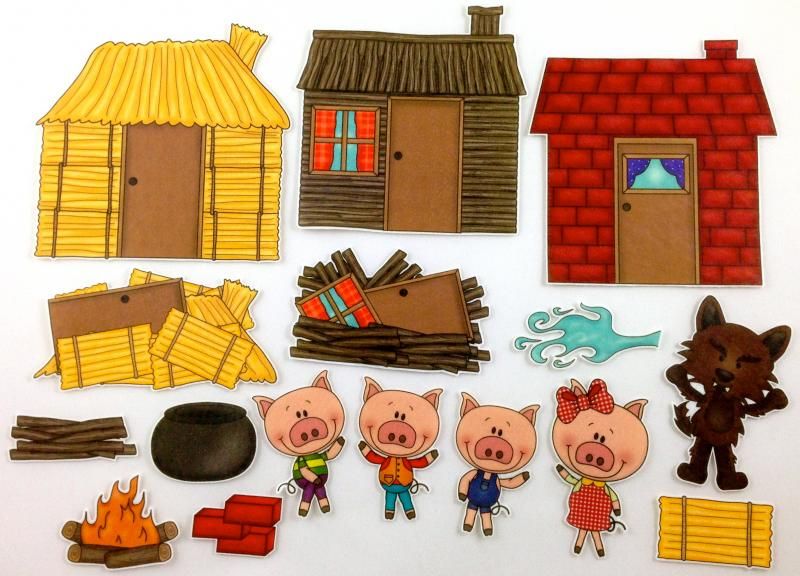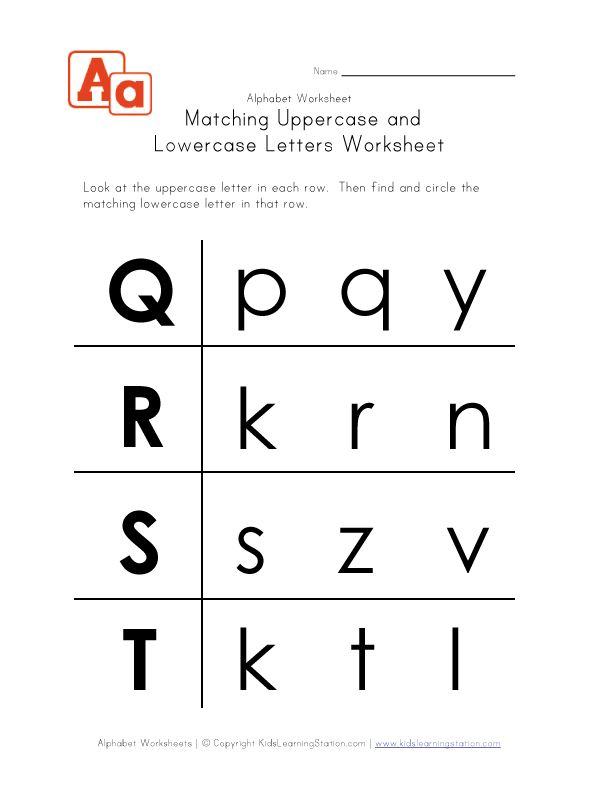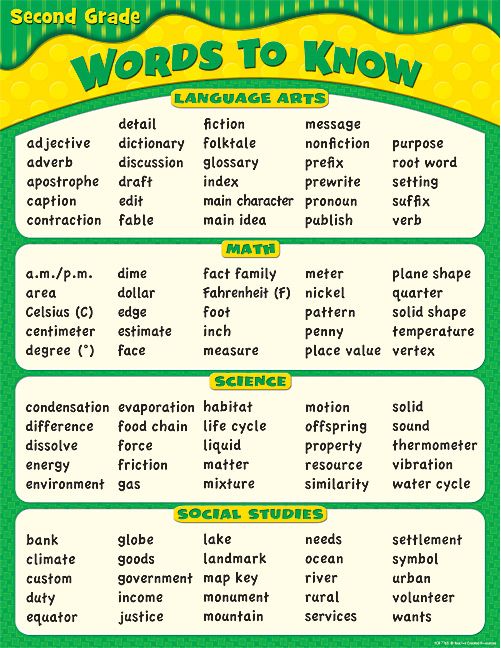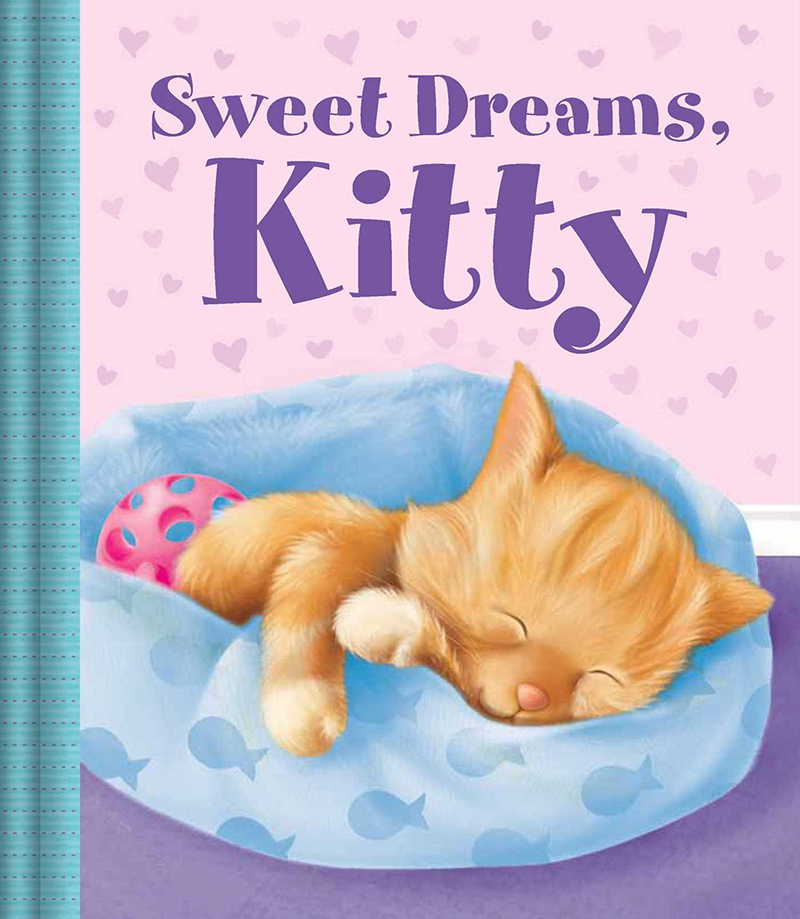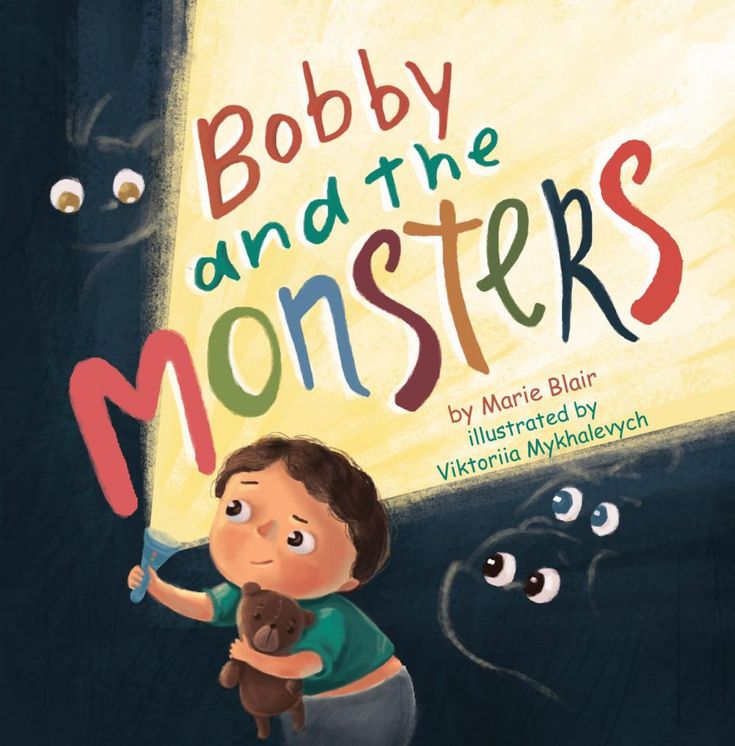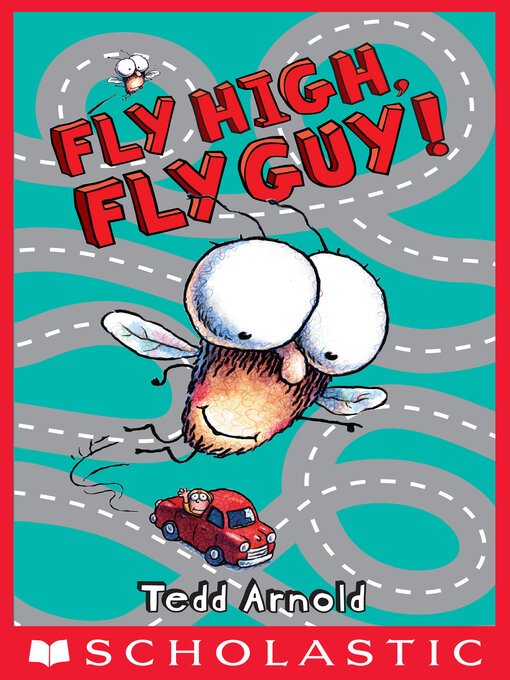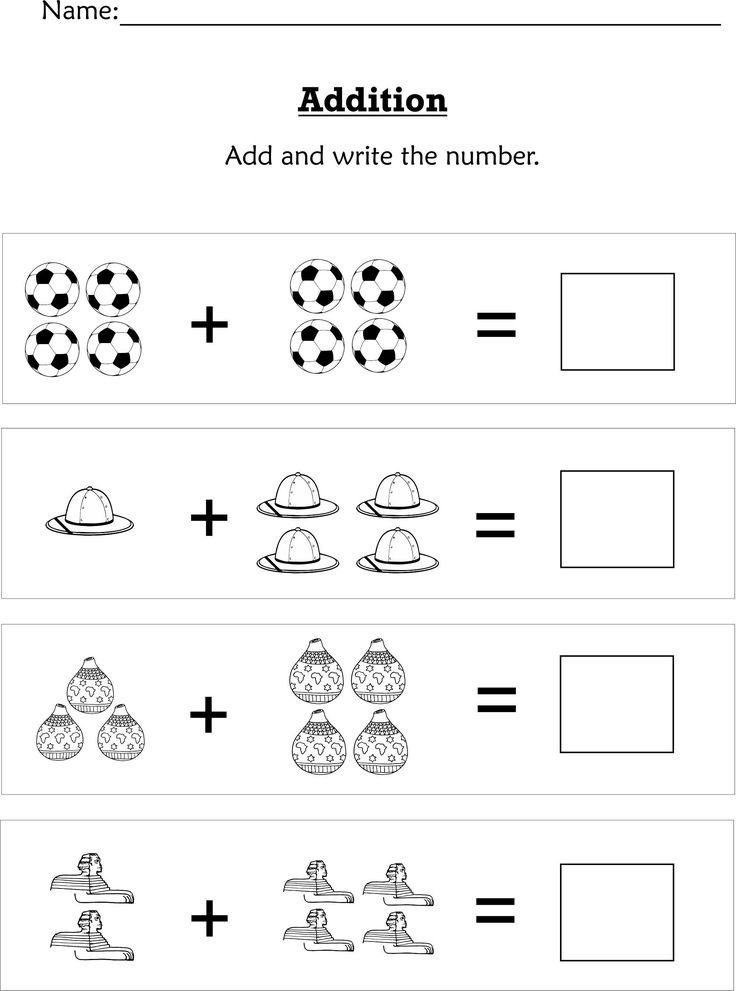Sounds for kindergarten
Beginning Sounds Activities for Kindergarten
Curriculum | Featured | Letters & Letter Sounds | Reading
When learning to read, there are many phonemic awareness and phonics skills students must master. Learning letter names, letter sounds, and beginning sounds is key in helping students quickly decode and read texts. To give your students the exposure and practice they need, check out these beginning sounds activities for kindergarten.
Why is it Important to Teach Beginning Sounds?
When teaching students to read, it’s important for them to understand that words are made up of letters and sounds. This knowledge helps them read and write more fluently.
Phonemic awareness and phonics skills are key in kindergarten. Phonemic awareness skills are when students understand that words are made up of various sounds. Phonics skills are what correlates the sound of a letter to the written letter itself.
Begin with teaching phonemic awareness skills so students learn to listen for and differentiate the sounds in words.
It can be tricky for students to hear the middle and ending sounds in words at first, which is why starting with beginning sounds is so effective.
Digital Beginning Sounds Activities
Since it’s important for students to first understand what beginning sounds are and learn to listen for them in words, you need a variety of beginning sounds activities for kindergarten for them to practice with.
A great way to engage your students is with interactive digital phonemic awareness activities like beginning sounds Boom Cards. These Boom Card decks give students a variety of opportunities to practice listening for the same beginning sounds in words.
Plus with audio directions, audio picture names, and the self-checking feature, your students will be able to work independently with success.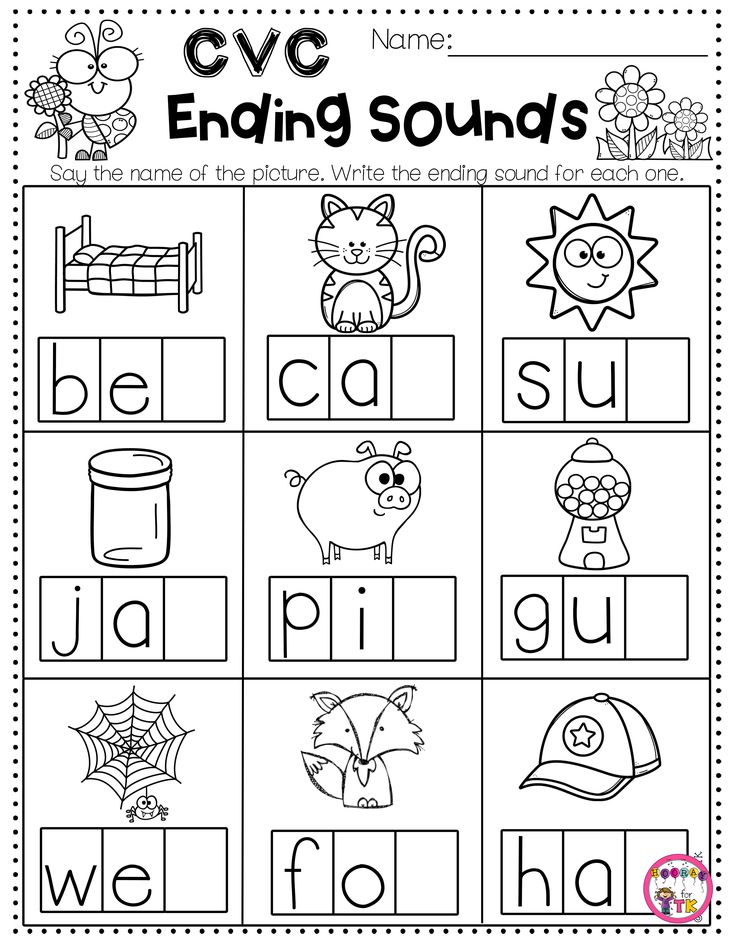
Hands-on Beginning Sounds Activities
Mastering beginning sounds takes a lot of practice and exposure. Therefore, you need a wide array of hands-on beginning sounds activities for kindergarten that your students can work with.
You can incorporate these hands-on activities into your morning tubs, literacy centers, or fast finisher activities. This is a great way to keep your students practicing their skills throughout the day.
Letter Sound Mats
One of my favorite ways to practice beginning sounds is with letter sound mats and magnetic letters. Students will say the picture name aloud, identify the beginning sound, and match the correct magnetic letter to the picture.
If you have a set of picture cards and magnetic letters, you can simply have students flip a card, identify the beginning sound, and match the letter.
Build the Sound Mats
Another great beginning sounds activity for kindergarten is build the sound mats. This activity allows students to identify the beginning sound in the picture and build the letter using manipulatives.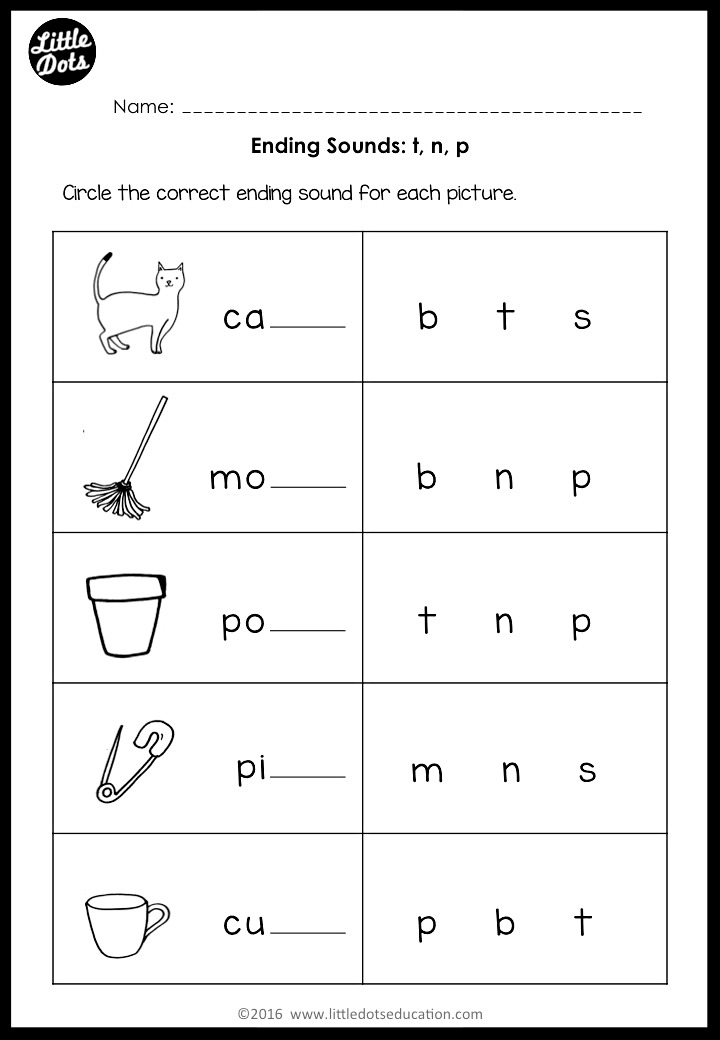
Students will get extra fine motor practice as they work on both phonemic awareness and phonics skills.
Beginning Sound Mazes
Another fun way to switch up the learning is to use beginning sound mazes with your students. As they cover the letters that make the focus sound on the mat, they’ll work their way through the maze.
This makes learning feel like a game for students, which is a sure way to keep them on task, engaged, and motivated.
If you loved these hands-on beginning sounds activities for kindergarten, you can grab them all plus more in my Beginning Sounds and Letter Sounds Bundle!
No Prep Beginning Sounds Activities
While using digital and hands-on beginning sounds activities is key, it’s also nice to keep a good stash of no prep activities on hand.
Add these no prep beginning sounds activities to your morning work, independent literacy stations, or keep them in a sub tub. They also make great time filler activities if you have a few minutes between activities.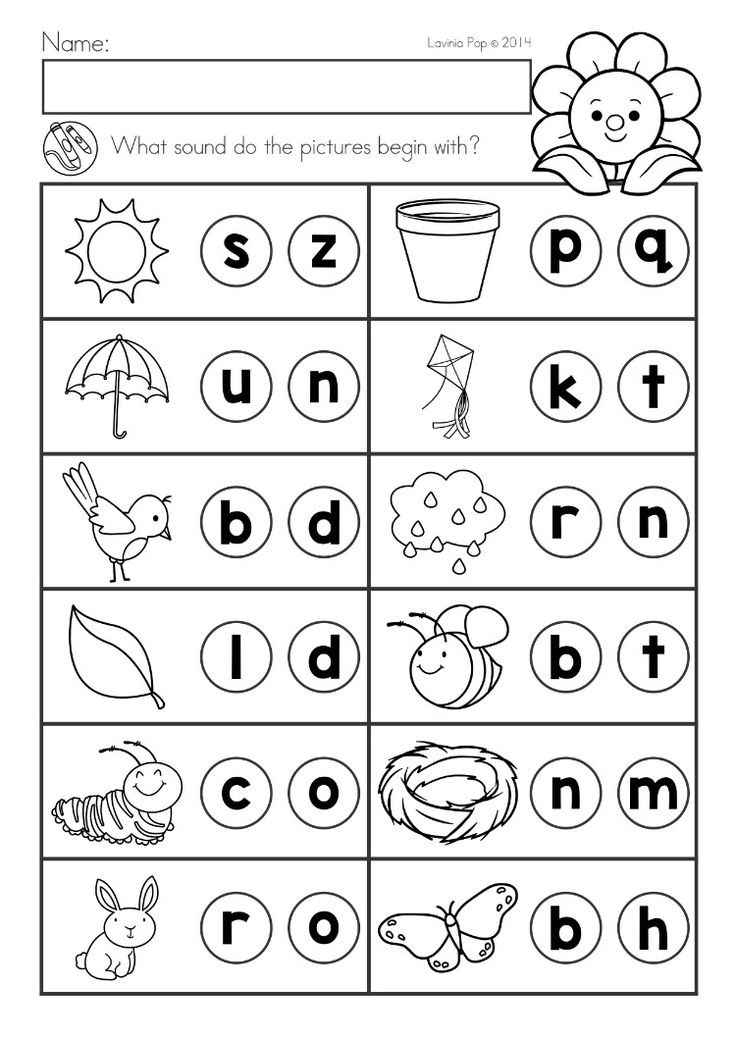
If you need a quick way to assess your students on beginning sounds, you can use these no prep activities as an informal assessment as well.
How to Assess Your Students on Beginning Sounds
As your students learn and grow their beginning sounds skills, you want to assess them frequently. This allows you to see which beginning sounds they are mastering and which sounds they need help with.
Using beginning sounds picture cards and a checklist is a great way to gauge your students’ understanding. You can monitor students quarterly, monthly, or every 2 weeks if they need more support.
Beginning Sounds Assessment Freebie
To make assessing your students on beginning sounds and letter sounds easy, I created an assessment freebie for you.
This freebie includes a beginning sounds assessment checklist and beginning sounds pictures. There is also a letter sounds assessment page and checklist to help you assess your students’ uppercase and lowercase letter sound recognition.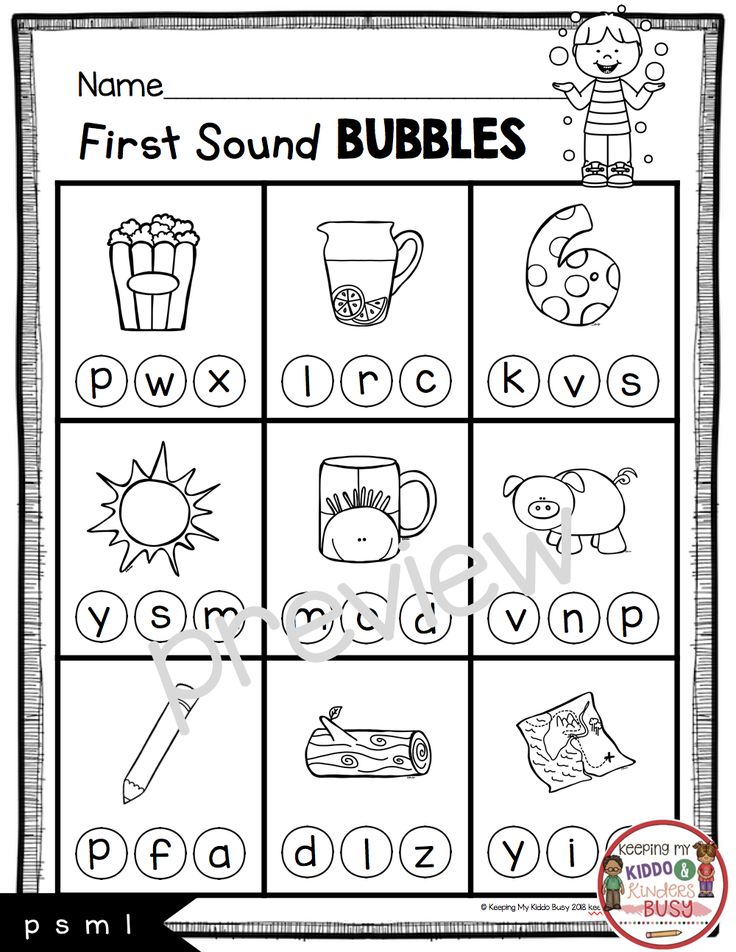
You can fill out the form below to get the beginning sounds and letter sounds assessment freebie sent directly to your inbox!
I hope these beginning sounds activities and assessments for kindergarten make learning more fun and effective in your classroom!
Post Tags: #beginning sounds#Freebies#letter sounds#literacy#literacy centers#reading
Similar Posts
Teaching Alphabet Letters and Sounds in Kindergarten -
Teaching alphabet letters and sounds is one of the foundations of literacy and early education. Students need to have a solid understanding of what a letter is, the sound(s) it makes and how each letter operates to make a readable word.
As a current kindergarten teacher, I have had lots of teachers message me and ask whether I teach letters or sounds first. The answer is simple, I teach both simultaneously. My reasoning for doing this is not only research based, (Ehri, Invernizzi, Cunningham, Calkins, and McBride-Chang), but also based on my own classroom experience.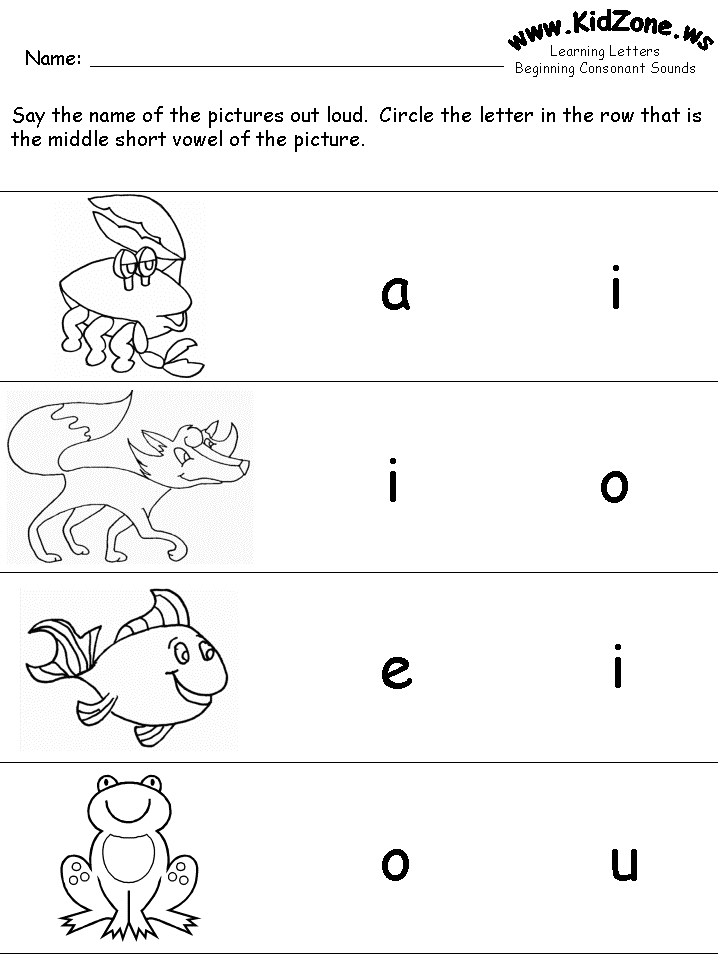
My first 2 years in kindergarten, were spent teaching half-day, which equaled to 2.5 hours a day. Even though CCSS were in effect, they were no way that half-day kindergarten teachers could teach all of the standards explicitly, given the number of time students were in class. During those 2 years, I taught 1 letter a week and usually waited until the third or fourth day to teach the sound. Of course, we didn’t finish the alphabet until March or April, which left very little time to expand the students’ reading toolbox.
If you follow me on social media or have heard me speak then you most likely know that I love to talk. I am passionate about little learners and I could go on and on about literacy! But for the sake of time and information overload, I am sticking strictly to how I teach alphabet letters and sounds in my classroom, for this blog post.
Where do I start?I start the first week of school! Yes, it’s true. Usually, by the second or third day, we have introduced each student by name and we have started working on writing our names, as well as other name activities.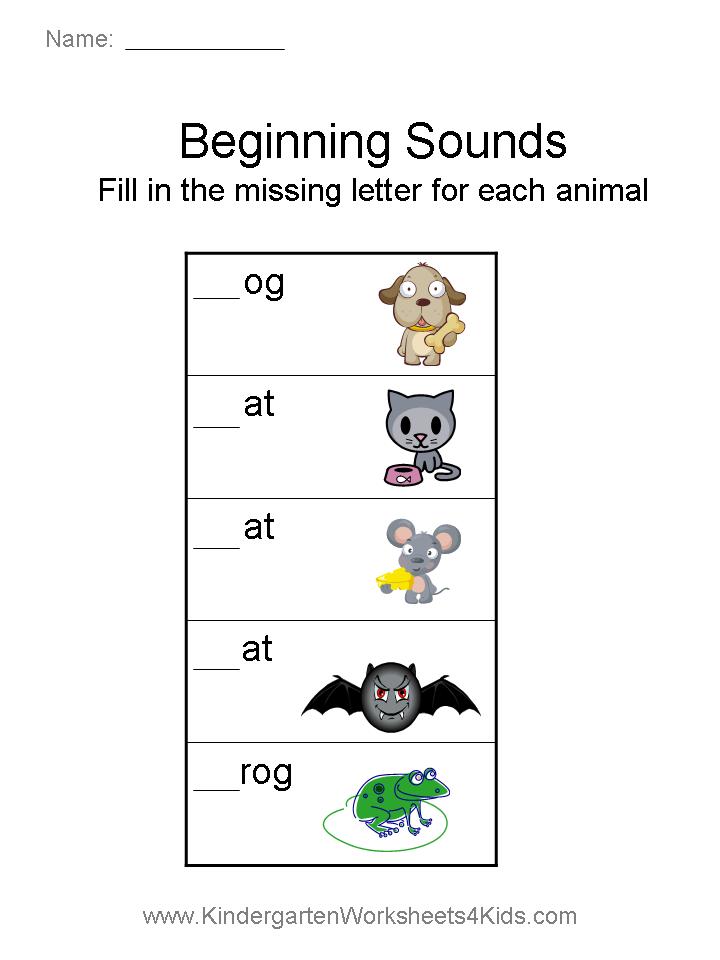 I take this opportunity as a teaching moment to tell the students that their names are made up of letters and letters make sounds. This leads into our daily chant of “Every Letter…Has a Name and Every Letter…Makes a Sound”. I don’t expound heavily on this, but at least I have started laying the basic blocks of their literacy house.
I take this opportunity as a teaching moment to tell the students that their names are made up of letters and letters make sounds. This leads into our daily chant of “Every Letter…Has a Name and Every Letter…Makes a Sound”. I don’t expound heavily on this, but at least I have started laying the basic blocks of their literacy house.
Explicitly teaching each letter in isolation, usually begins the second week of school. (Of course, this always depends on the makeup and structure of your class for the year.) I tend to keep the same routine for all 26 letters, with very little to no changes for the duration of all the letters. My literacy block is in the morning, right after our 15 minute morning recess.
Alphabet Warm-Up ReviewJust like many teachers do Number Talks at the beginning of their math lessons, I do an alphabet warm-up review each and every day. This exposes students to all the letters and sounds of the alphabet and it’s quick and fun! Here are my quick ideas for an alphabet warm-up.
- Alphabet Around the World with Letter Cards for letter or sound ID – Basically this is a quick game, where the students stand around the perimeter of our classroom rug and I show them a letter card. If they can quickly identify the letter name and/or sound of that particular letter, then they get to stay in the game. If they cannot correctly identify or make the sound for that specific letter, then they sit out till the next round. (I use these cards to play the game.)
- Songs and dancing are a MUST in my classroom and I try and combine them with academics every chance I get! There are so many awesome alphabet movement songs to choose from and we use a different one every day! Here is a list of some of my favorites:
- HeidiSongs – Letters and Sounds Alphabet Action Song
- Jack Hartmann – See It, Say It, Sign It Alphabet Song
- Jack Hartmann – Work Out to the Letter Sounds
- Have Fun Teaching – Alphabet Song
After our quick alphabet letter warm-up, my students sit down on the rug and we all turn to our All About the Letter Pocket Chart. I love to use this pocket chart, as it’s organized and has all the important pieces for our letter introduction.
I love to use this pocket chart, as it’s organized and has all the important pieces for our letter introduction.
Here is how I use this pocket chart to introduce the letter.
- Introduce the letter, using its name and if it is a consonant or vowel; how many sounds it makes and what exactly that sound is.
- I model reading the letter poem, making sure to emphasize the explicit letter sounds and encouraging my students to make the letter sound.
- I model writing the upper and lower case letters, making sure to explain each stroke.
- I then share the 4 beginning sound picture cards that accompany that specific letter.
After using the All About Letter pocket chart, I have my students stand up to sing and do the movements to that specific letter song. And as the song is playing, I go around to each student and listen to the letter sound that they are making, as the song is playing.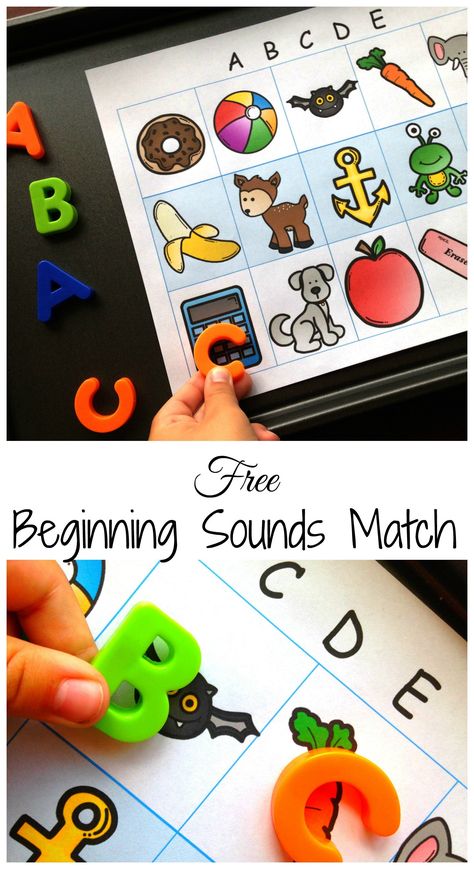 This is a great way for me to see if they are saying the sound correctly. I love using songs to practice and emphasize what I am teaching or have taught. It’s a form of whole-brain learning, plus kids of all ages NEED movement! I love to use songs from:
This is a great way for me to see if they are saying the sound correctly. I love using songs to practice and emphasize what I am teaching or have taught. It’s a form of whole-brain learning, plus kids of all ages NEED movement! I love to use songs from:
- HeidiSongs
- Jack Hartmann – Specific Letter Songs
- Have Fun Teaching – Specific Letter Songs
Using props and miniature items in the kindergarten classroom makes learning so much more fun! This is where Molly Muncher comes into play during our explicit letter lesson.
I use a simple plastic mini trash can as my Molly Muncher. You might be wondering what Molly Muncher does in the classroom? Well…she only eats items that begin with the letter that we are focusing on. I have a full set of alphabet sound cans that I use when ‘feeding’ Molly Muncher. The sound cans I have are from LakeShore and are quite expensive. But I found these on Amazon and they are cheaper and still accomplish the task! Here is what you need for a Molly Muncher:
- 1 small or mini trash can
- Doll hair & googly eyes
- Sound Can
After we have completed and finished our explicit letter lesson, it’s time for my students to go and practice independently.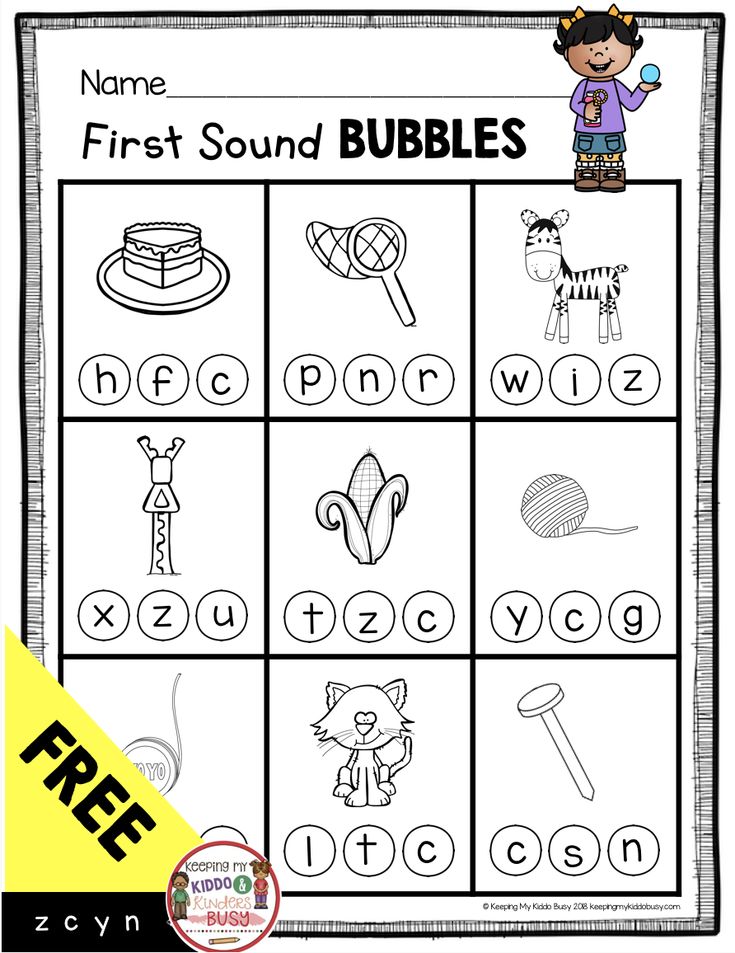 In my classroom, independent practice consists of tracing and writing the specific letter, as well as identifying pictures with the correct beginning letter, and identifying the letter in different font styles. Here is what I use in my classroom for independent practice.
In my classroom, independent practice consists of tracing and writing the specific letter, as well as identifying pictures with the correct beginning letter, and identifying the letter in different font styles. Here is what I use in my classroom for independent practice.
Beyond the Lesson – Practicing the Learning in Literacy Stations
After my students have completed their independent practice work, they go to literacy stations, where they will continue to practice their learning in a wide variety of ways and includes differentiation! You can read more on Literacy Stations here!
The very last part of my alphabet letter instruction is to complete an alphabet anchor chart. I use this as part of our beginning writing block. It’s a great opportunity for students to practice drawing and labeling with beginning letters and even the entire word. Each student has their own alphabet letter journal.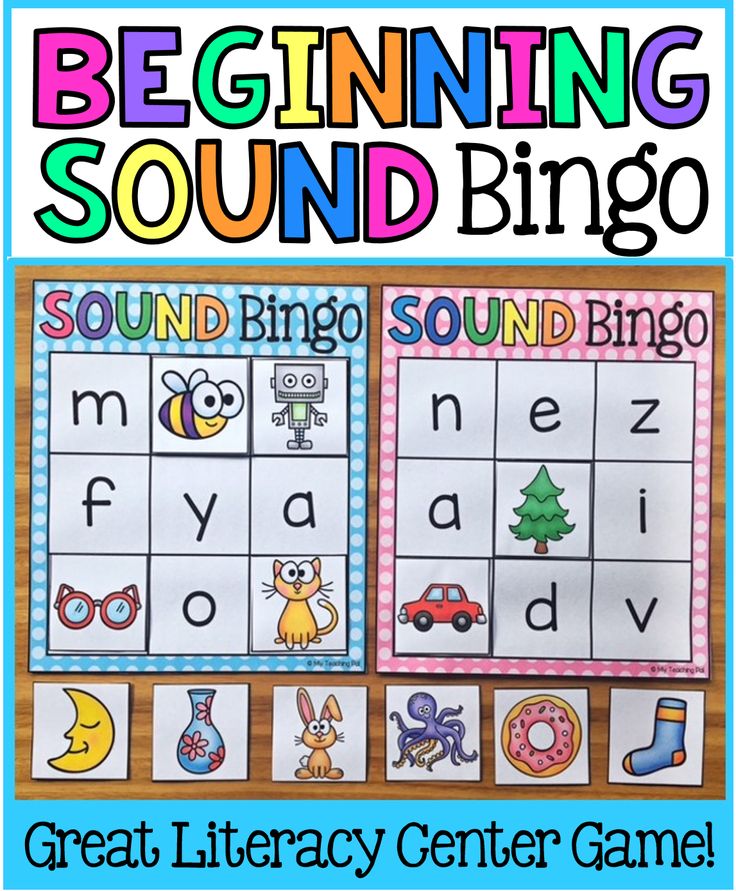 Students follow along in their journal as I am creating our classroom letter anchor chart. The students generate the objects/pictures that go onto our classroom alphabet anchor chart and also add it to their personal anchor chart. You can download your FREE Alphabet Anchor Chart and Alphabet Journal HERE!
Students follow along in their journal as I am creating our classroom letter anchor chart. The students generate the objects/pictures that go onto our classroom alphabet anchor chart and also add it to their personal anchor chart. You can download your FREE Alphabet Anchor Chart and Alphabet Journal HERE!
Want to see me teach this lesson? You can watch me teach the letter Aa to my students HERE!
Do you know that Kindergarten Chaos offers personal development courses & workshops? I share my tried and true tips and ideas for teaching intentionally and with purpose and fun to the kids of TODAY!Tagged beginning soundslettersphonicsteaching the alphabet
Games with sounds - Site of kindergarten №422 "Lorik"
Games with sounds help to develop phonetic hearing and phonemic perception.

Phonetic hearing is a fine systematized hearing, the ability to distinguish and recognize the sounds that make up a word. Without a developed phonetic hearing, the correct pronunciation of sounds is impossible.
In the case of phonetic underdevelopment, the child mixes voiced and deaf, hard and soft consonants, does not distinguish between whistling and hissing, "R" and "L", "C" and "Ch" and others.
Phonemic perception is the ability to distinguish phonemes and determine the sound composition of a word. How many syllables are in poppy? How many sounds does it have? What consonant is at the end of a word? What is the vowel in the middle of a word? It is phonemic perception that helps answer these questions.
The correct development of phonetic hearing and phonemic perception underlies the unmistakable assimilation of writing and reading in the process of schooling.
We bring to your attention some games that contribute to the development of phonemic processes.
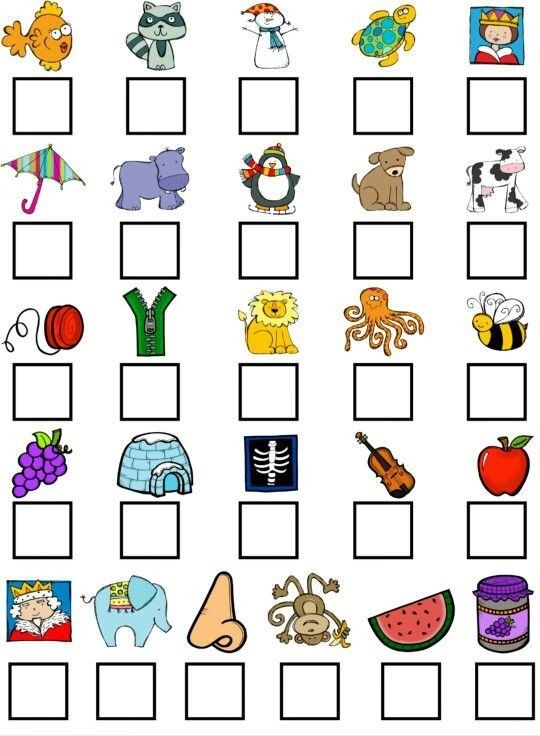
“Select the word”
Invite the children to clap their hands (stomp their feet, hit their knees, raise their hands…) when they hear the words, with the given sound.
“What sound do all words have?”
An adult pronounces three or four words, each of which has the same sound: fur coat, cat, mouse - and asks the child what sound is in all these words.
"Who is more?"
Looking at the pictures in the book together with your child, invite him to find among them those in the names of which there is a sound “R”. for each named word an encouraging point is given.
“Come up with more”
The leader, naming some sound, asks the players to come up with 3 words in which the given sound occurs.
"Chains of words"
This game is an analogue of the well-known "cities". It consists in the fact that the next player calls his word to the last sound of the word given by the previous player.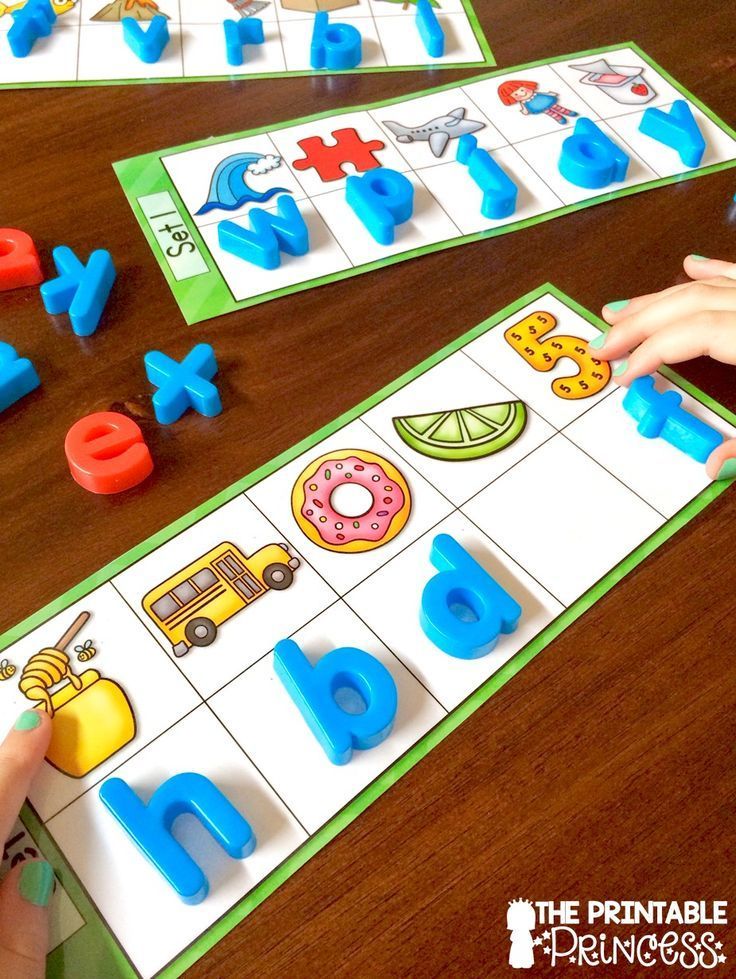 A chain of words is formed: aist - Plate - Watermelon.
A chain of words is formed: aist - Plate - Watermelon.
“The Fourth Extra”
For the game you will need four pictures with images of objects, three of which contain the specified sound in the name, and one does not. The adult lays them out in front of the child and offers to determine which picture is superfluous and why. The set can be varied, for example: a cup, glasses, a cloud, a bridge; bear, bowl, dog, chalk; road, board, oak, shoes. If the child does not understand the task, then ask him leading questions, ask him to carefully listen to the sounds in the words. An adult can highlight the identified sound with his voice. As a variant of the game, you can select words with different syllabic structures (3 three-syllable words, and one two-syllable), different stressed syllables. The task helps to develop not only phonemic perception, but also attention, logical thinking.
“Young Poets”
An adult gives the child a set of pictures and asks them to arrange them in pairs with similar word endings (mice - donuts, daughters - dots, barrel - kidney, etc.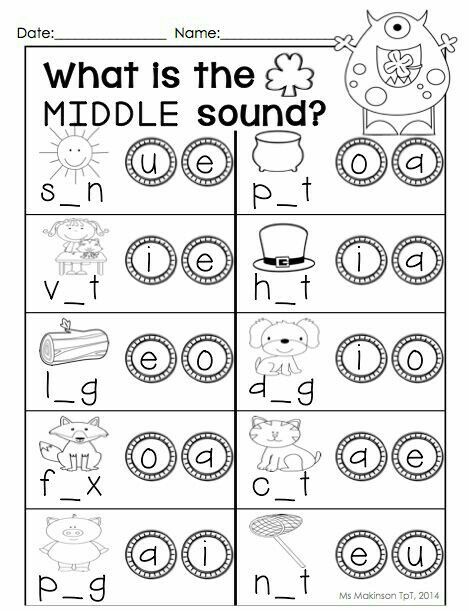 ). Before the game begins, you can look at the pictures, drawing the child's attention to the endings of the words denoting the depicted objects. Then, with these pairs of pictures, you can make sentences - couplets, for example:
). Before the game begins, you can look at the pictures, drawing the child's attention to the endings of the words denoting the depicted objects. Then, with these pairs of pictures, you can make sentences - couplets, for example:
They lived in a mink - there were mice,
And donuts lay on the table.
"Echo"
The game serves to exercise phonemic awareness and the accuracy of auditory perception. You can play alone or in a large group. Before the game, an adult addresses the children: “Have you ever heard an echo? When you travel in the mountains or through the forest, pass through an archway, or are in a large empty hall, you may encounter an echo. That is, you, of course, will not be able to see it, but you can hear it. If you say: “Echo, hello!”, then it will answer you: “Echo, hello!”, Because it always repeats exactly what you tell it. Now let's play echo." Then they appoint a driver - "Echo", who must repeat what he is told. It is better to start with simple words, then move on to difficult and long ones (for example, “ay”, “rather”, “windbreak”).
It is better to start with simple words, then move on to difficult and long ones (for example, “ay”, “rather”, “windbreak”).
Catch a Fish
This game requires a magnetic rod. This is an ordinary stick, tied to it on a string with a magnet. Clips are put on pictures from any children's loto. The child catches with a fishing rod only those pictures in the name of which there is a certain sound, selected in advance. Or a child catches a picture and calls the sound with which its name begins.
"Jokes - minutes"
You read lines from poetry to children, intentionally replacing letters in words. Children find a mistake in a poem and correct it. Examples :
Patterned tail,
boots w t orami.
Tili-bom! Tili-bom!
Catkin t ohm caught fire.
Behind the window is a winter garden,
There the leaves in and glasses are sleeping.
"Beginning, middle, end"
Teach children to identify the place of sound in a word - at the beginning, in the middle, at the end. Offer to find in the picture, among the pictures of the loto, words that start with A and end with A. Or just offer to determine the place of the sound in the word.
“Think, take your time”
Give the children a few quick-witted tasks:
– Choose a word that begins with the last sound of the word “table”.
- Remember the name of the bird, which would have the last sound of the word cheese. (sparrow, rook ...)
- Choose a word so that the first sound is "k" and the last is "a".
- Invite the child to name an object in a room with a given sound. For example: What ends with "A"; what starts with “C”, in the middle of the word there is a sound “T”, etc.
What are letters and sounds? - Kindergarten No. 220 JSC Russian Railways
Usually parents say that the child does not pronounce some letters! Unfortunately, parents do not always understand the difference between such concepts as “sound” and “letter”.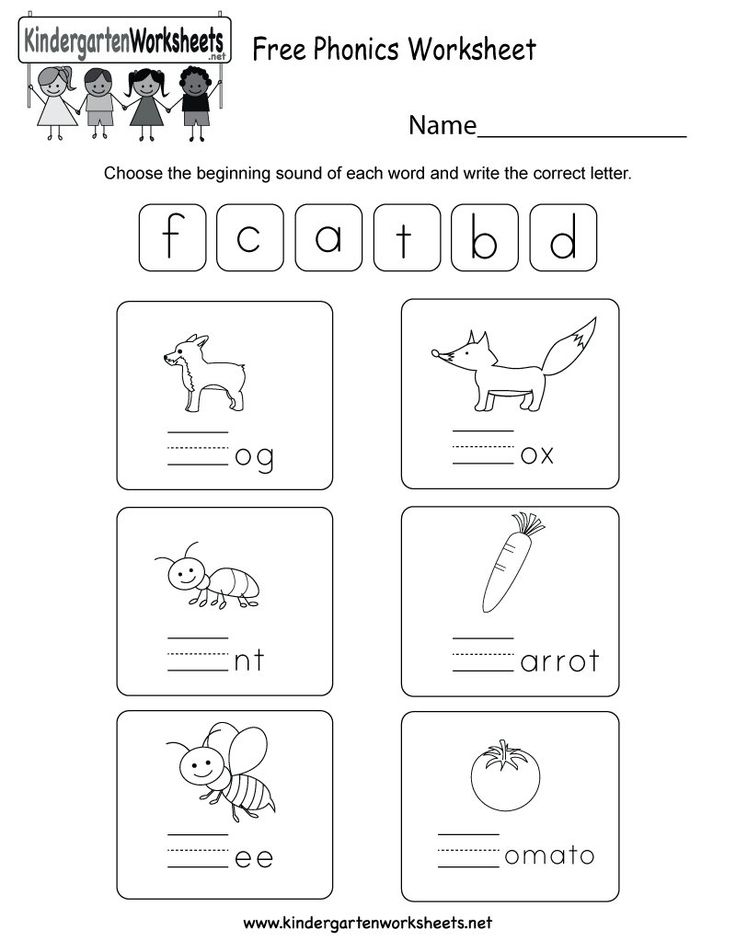 These terms must not be mixed!
These terms must not be mixed!
Sound is the smallest, indivisible unit of speech flow perceived by the ear. There are 42 speech sounds in Russian.
The letters are graphic characters that represent speech sounds when writing. There are 33 letters in total.
We pronounce and hear sounds, we see and write letters .
For parents of children of primary and secondary preschool age, is enough if the baby remembers that the letter stands for the sound "P" and learns it like "P" and not "er", "L" and not "el" ”, “Sh”, not “sha”, etc.
Parents, preschool children and first graders need to know much more about sounds and letters.
Sounds are divided into vowels and consonants.
Vowels - when they are pronounced, the air in the mouth passes freely without encountering obstacles. There are 10 vowels in Russian ( a, y, o, e, s, e, e. i, yu, i). There are only 6 vowels - [a], [o], [y], [i], [s], [e]. The fact is that the vowels e, e. yu, i in some positions denote 2 sounds:
There are 10 vowels in Russian ( a, y, o, e, s, e, e. i, yu, i). There are only 6 vowels - [a], [o], [y], [i], [s], [e]. The fact is that the vowels e, e. yu, i in some positions denote 2 sounds:
ё - [y'o], e - [y'e], yu - [y'y], i - [y'a].
Vowel sounds are indicated by a red circle. Vowel sounds are neither hard and soft, nor voiced and deaf A vowel sound can be stressed or unstressed. Vowels form a syllable. There are as many syllables in a word as there are vowels.
Consonants sounds - when they are pronounced, the air in the mouth meets barriers formed by the tongue, teeth or lips.
Consonants are :
- hard - are pronounced hard. Marked with a blue circle. For example: [p], [k], [d], etc.;
- soft - soft.